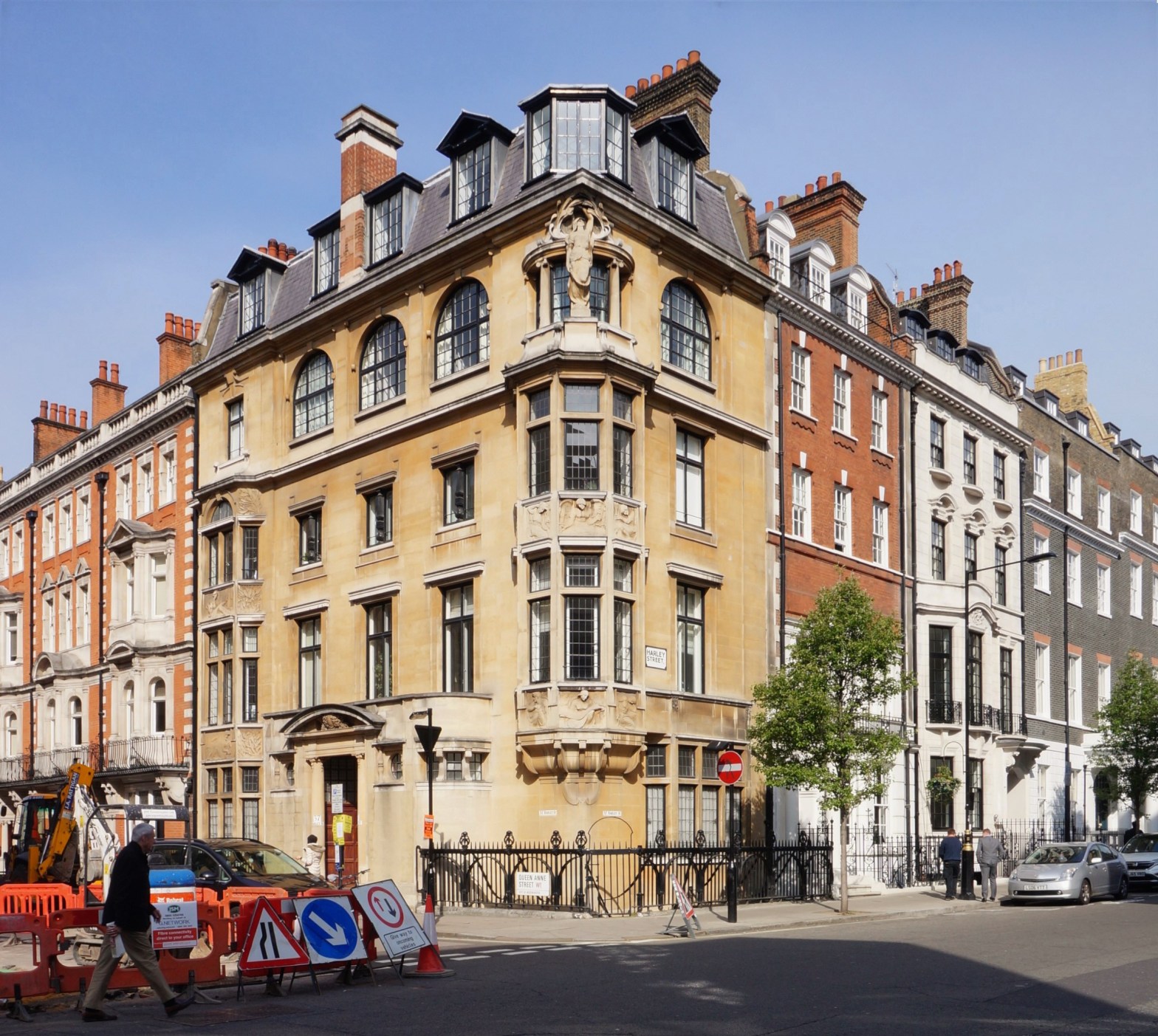The three series of Six English Towns that Alec Clifton-Taylor made for the BBC in the 1970s-1980s are an excellent introduction to some of the most attractive, best preserved and architecturally most rewarding historic places in the country. All 18 subjects were well chosen and all of them will repay handsomely the time and effortContinue reading “High Victorianism for the Kent Coast: the architecture of Wheeler and Hooker”
Category Archives: Philanthropy
From the picturesque to the sublime: Henry Darbishire and the architecture of philanthropy
The name of the architect may not stick in the memory; his greatest work most certainly will. Like many people, I learned about the Columbia Market in Bethnal Green and its tragic fate thanks to Hermione Hobhouse’s Lost London. Somewhere in my mid-teens, I discovered the book in the reference room of Kingston-upon-Thames public libraryContinue reading “From the picturesque to the sublime: Henry Darbishire and the architecture of philanthropy”
One good turn deserves another: into the RIBA Journal thanks to Arthur Beresford Pite
In the days before so much human interaction took place virtually, the circumstances in which one struck up a lasting acquaintance tended to stick in one’s mind. When it begins on-line, they can be a lot harder to pinpoint. I think – although I can’t now be entirely sure – that I got to knowContinue reading “One good turn deserves another: into the RIBA Journal thanks to Arthur Beresford Pite”
Architect of a lost London: Thomas Edward Knightley (1823-1905)
To a greater or lesser degree, lasting success in any profession comes down to luck and architecture is no exception. Success has to be measured not only in terms of what an architect gets to build in his or her lifetime, but also of the subsequent fate of these achievements. Many posthumous reputations which deservedContinue reading “Architect of a lost London: Thomas Edward Knightley (1823-1905)”
The Gothic horrors of a Victorian worthy – Charles Buxton and Foxwarren
The roots of the Gothic Revival extend as far into literature as they do into archaeology. The endeavours of one of its key progenitors, Horace Walpole (1717-1797), to recreate the Middle Ages in brick, wood, plaster and stone through his remodelling of Strawberry Hill were inextricably bound up with his evocations of the Middle AgesContinue reading “The Gothic horrors of a Victorian worthy – Charles Buxton and Foxwarren”




